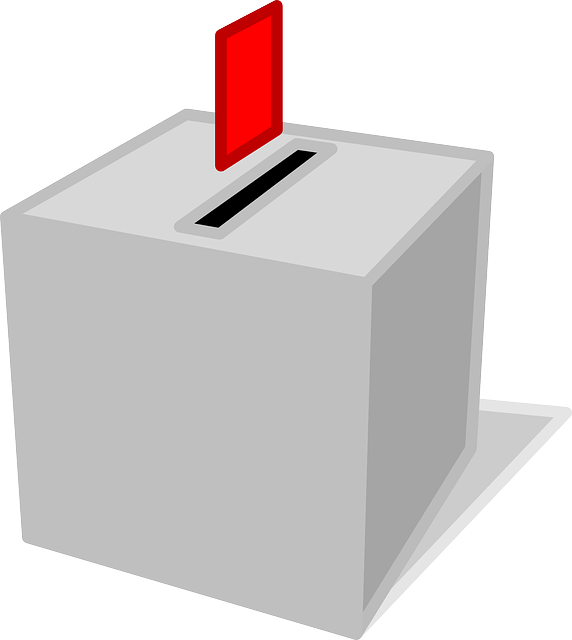Democratic vs Non-Democratic Government
The differences between democratic governments and non-democratic governments are worth examining. All countries have their own political systems, with democracy being one of them. In a democracy, the public gets to elect their representatives to govern the country and has the freedom to remove them if they are not satisfied with their performance. In contrast, non-democracies do not consider the interests of the general public. This article will discuss the two types of government in more detail.
What is a Democratic Government?
Democratic governments prioritize the interests of the general public. The term “democracy” originates from two Latin words, Demo (people) and Kratos (power), meaning a government by the people, of the people, and for the people. Countries with democratic governments hold elections, allowing people to select their preferred candidates for office. These elections are usually free and independent, and the general public can vote for anyone they like.
There are two main types of democracies: direct democracy, in which all eligible citizens have control and decision-making power, and democratic republics or representative democracies, in which only elected candidates hold power. The majority of democratic countries operate as democratic republics. In a democracy, the party with the highest number of elected candidates gains the ruling authority.
What is a Non-Democratic Government?
Non-democratic governments use other ruling methods, such as dictatorships, aristocratic rule, socialism, communism, authoritarianism, and military power. In these systems, the interests of the general public are not taken into consideration. An absolute monarchy is a type of non-democracy in which one individual rules the country, while an oligarchy is a system in which power is held by a small group of people. In these types of governments, the equality, freedom, and interests of the general public are not considered important.
What is the difference between Democratic and Non-Democratic Government?
Both democratic and non-democratic governments involve power and ruling over others, and both can have weaknesses. However, there are several key differences between the two:
Key Takeaways
- Democratic governments respect people’s interests and freedom, while non-democracies do not.
- Democracies allow for freedom, equality, and public participation in the decision-making process of the country.
- In non-democracies, the general public has no role in the decision-making process, and power may be inherited through generations without the opportunity for change through elections.
